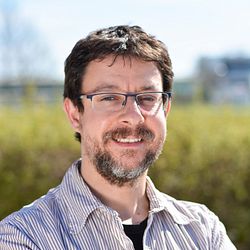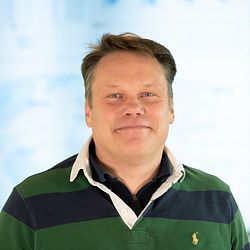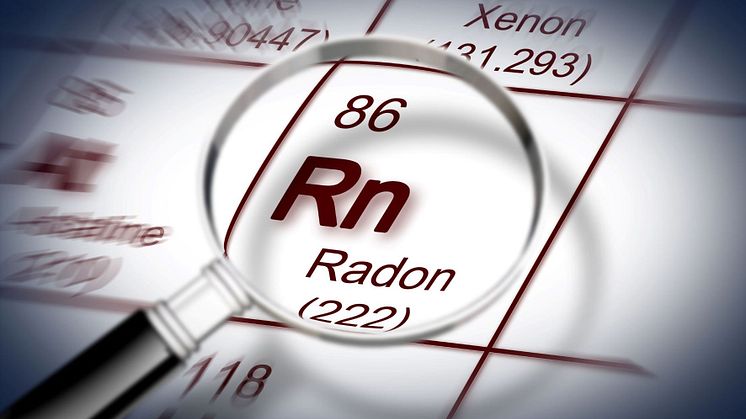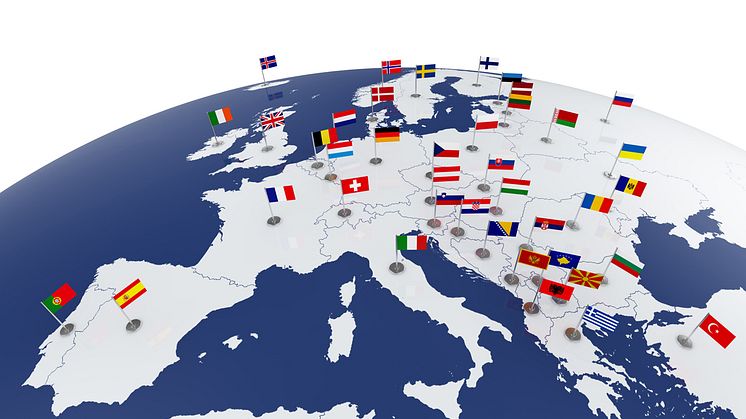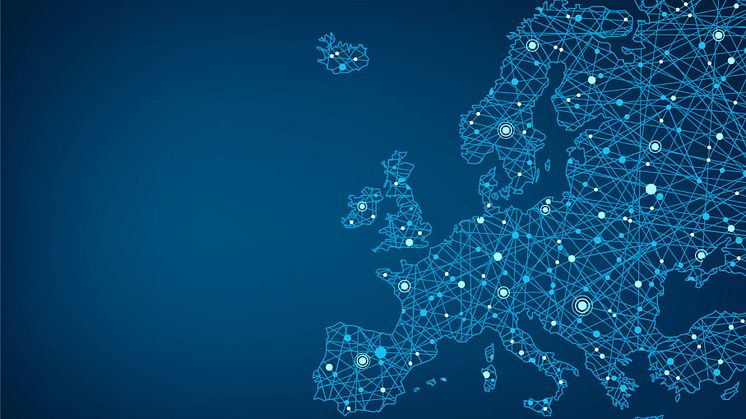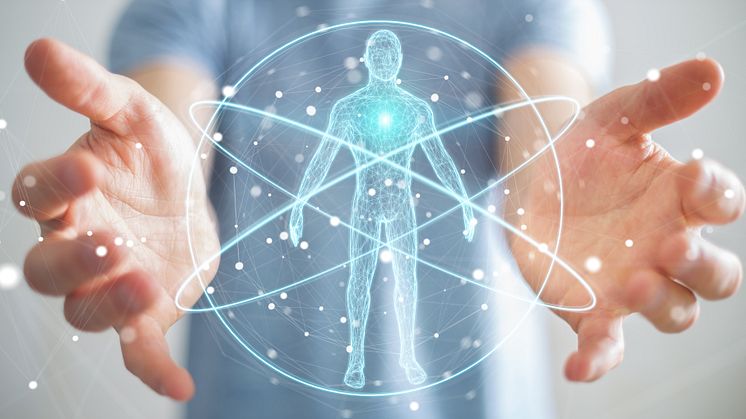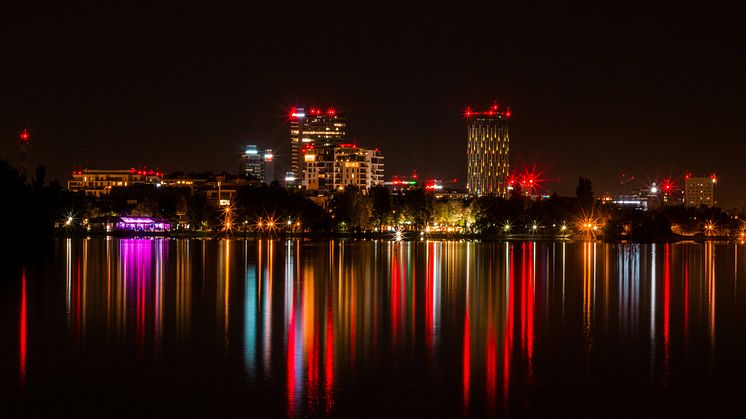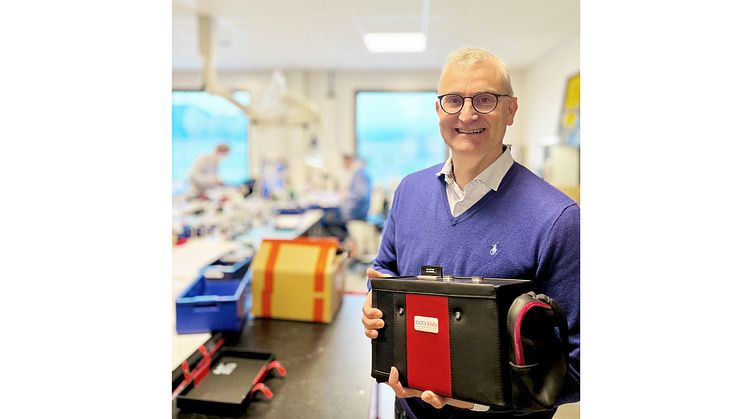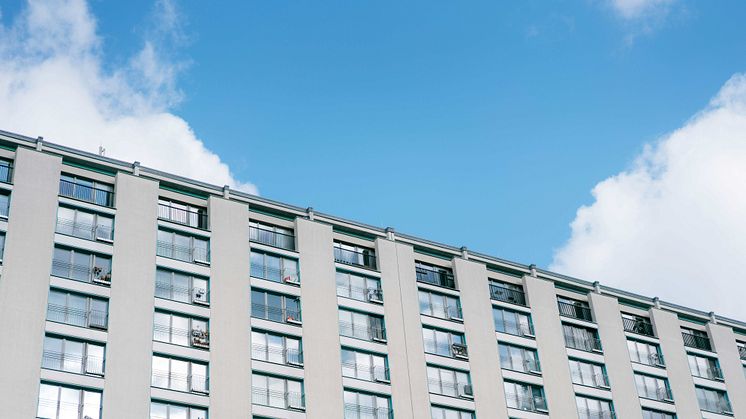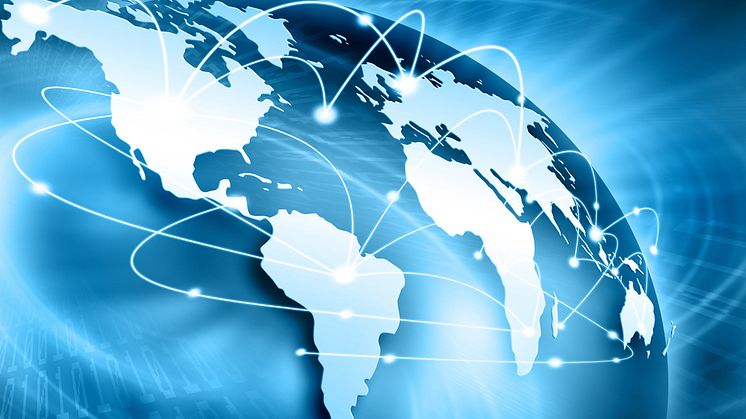
News -
Radon: Three Trends Shaping 2025
Radon, the invisible and odorless gas naturally found in soil, has garnered increased attention in recent years due to its potentially serious health effects and the need for effective measurement and mitigation solutions. José-Luis Gutiérrez Villanueva, an expert at Radonova Laboratories, identifies three key trends expected to influence the field of radon in 2025.
- Increased Public Awareness
Awareness campaigns about radon, particularly in regions with high radon levels, are anticipated to gain greater traction. New regulations and guidelines are prompting more countries to prioritize radon on their agendas for the first time. Additionally, various sectors need to intensify their focus on radon, particularly in efforts to ensure safe indoor environments. This growing awareness has the potential to improve public health while driving demand for reliable measurement products from accredited laboratories.
- Technological Innovations
Advancements in radon measurement technology are making significant progress. Digital radon instruments with real-time monitoring and IoT capabilities are expected to become more common as a complement to long-term radon measurements using passive detectors, which require a measurement period of at least 60 days. One example of technological progress is the EMPIR RadonNET project, which began in September 2024. Radonova is one of two companies participating in this initiative, which aims to develop digital radon instruments capable of not only measuring radon in buildings but also supporting remediation efforts. This trend reflects the growing demand for supplementary measurements using digital radon instruments.
"This project marks an important milestone in advancing radon monitoring technology and developing effective solutions to reduce radon levels," says José-Luis Gutiérrez Villanueva.
- Stricter Regulations
More countries are expected to adopt stricter regulations regarding radon safety, driving the need for reliable measurement methods and radon mitigation solutions. The implementation of the EU directive 2013/59 EURATOM, designed to protect citizens from radon exposure, continues to evolve. While all EU countries have incorporated the directive into their legislation, work remains to adapt and refine technical building codes and specific regulations.
A key area of discussion concerns dose levels related to radon exposure. Although the International Commission on Radiological Protection (ICRP) has issued new recommendations (ICRP 137), not all countries have adopted them, and some research projects are challenging these guidelines. Radon will also be a prominent topic at the annual EURADOS General Assembly in February 2025, taking place in Bucharest.
